Myeongdong Jjukkumi (명동쭈꾸미)
2.7Km 2025-10-23
3-28, Toegye-ro 6-gil, Jung-gu, Seoul
Bokidang (복이당)
2.7Km 2025-09-16
3-28, Toegye-ro 6-gil, Jung-gu, Seoul
Donga Stationery (동아완구)
2.7Km 2024-10-08
5 Jong-ro 52-gil, Jongno-gu, Seoul
Museo de Arte Kansong (Edificio Bohwagak en Seúl) (간송미술관(서울 보화각))
2.7Km 2025-08-08
Seongbuk-ro 102-11, Seongbuk-gu, Seúl.
El Museo de Arte Kansong fue el primer museo de arte privado de Corea. Inaugurado como Bohwagak en 1938 por Jeon Hyeong-pil (Kansong era su seudónimo), el nombre cambió al actual Museo de Arte Kansong en 1966. Bohwagak fue declarado Patrimonio Cultural Nacional el 30 de diciembre de 2019. Jeon Hyeong-pil dedicó su vida a preservar e investigar las reliquias representativas de Corea, devaluadas y exterminadas deliberadamente durante la época de la ocupación japonesa, así como a reconocer su excelencia y belleza cultural. El museo alberga 11 tesoros nacionales y 22 tesoros.
Calle Comercial de Lentes de Namdaemun (남대문 안경상가)
2.7Km 2025-06-19
Namdaemunsijang 4-gil, Jung-gu, Seúl
Dongdaemun Design Plaza (DDP) (동대문디자인플라자(DDP))
2.7Km 2025-05-13
Eulji-ro 281, Jung-gu, Seúl
El Dongdaemun Design Plaza (DDP) es un espacio que combina vestigios de edificios históricos con ejemplos de arquitectura moderna. En el parque se encuentran una parte de la Muralla de Seúl y los pórticos Igansumun (265 m, 8.030 ㎡). Además de ello está el Pabellón Histórico de Dongdaemun (1.313 ㎡), la Zona de Compras de Dongdaemun (4.460 ㎡), la Sala del Recuerdo del Estadio de Dondaemun (339㎡), la Sala de Eventos (2.058 ㎡) y la Galería del Diseño (400 ㎡), entre otros.
Ramada Hotel & Suites by Wyndham Seoul Namdaemun / 라마다 호텔앤스위트 서울남대문
2.7Km 2025-08-12
27, Chilpae-ro, Jung-gu, Seoul
+82-2-775-7000
Ramada Hotel & Suites by Wyndham Seoul Namdaemun is located in Sunhwa-dong, Jung-gu, at the center of Korea’s capital. Its location gives guests excellent access to Seoul’s major tourist sights, and some major sights like Namdaemun Market, the City Hall, Myeongdong, Gwanghwamun Gate, and Deoksugung Palace are reachable on foot. Seoul Station and City Hall Station are located nearby for good access to public transportation. The hotel is often used by international visitors to Seoul.
There are 244 rooms in total, from Superior Double and Twin to Deluxe Double and Twin, Triple, Premier Twin, Quad, Junior Suite Double, Corner Suite, Atrium Suite Family, etc. Facilities include a restaurant, a conference room, a cafe, an underground arcade, and a currency exchange kiosk. The business center offers copying, printing, scanning, and fax services. Up to 2 dogs can be brought into the room, but dogs carry a surcharge for cleaning per day and dog.
Salón Namsan Gugakdang de Seúl (서울남산국악당)
2.8Km 2025-08-21
Toegye-ro 34-gil 28, Jung-gu, Seúl.
Namsan Gugakdang es un teatro tradicional de interpretaciones musicales de gugak (música tradicional coreana), situado en la Aldea Tradicional Coreana Namsangol. El teatro cuenta con 330 asientos, equipos e instalaciones especialmente diseñados para disfrutar al máximo del gugak. Es el único lugar donde se puede escuchar el sonido natural y puro del gugak, sin efectos, lo cual hace que este local se diferencie de otros teatros tradicionales. Aparte de las interpretaciones, también presenta clases de música con instrumentos musicales tradicionales, clases de arte tradicional coreana y actividades culturales en las que todo el público puede participar libremente.
Puerta de la Independencia (Dongnimmun) (독립문)
2.8Km 2022-12-15
Tongil-ro 251, Seodaemun-gu, Seúl.
Dongnimmun se halla en un lugar conocido originalmente como Yeongeun, en donde otrora se trataba a los enviados oficiales. Cuando un enviado chino hacía una visita, el rey salía a través de esta puerta para recibirle. Fue construida en 1897, para anunciar la independencia de China, quien había influido en Corea durante mucho tiempo, y de Japón y Rusia, quienes acechaban al país.
Las expensas de la construcción fueron recaudadas como contribución por los ciudadanos coreanos. Los vestigios del pasado todavía permanecen en Dongnimmun. Los dos pilares enfrente de Dongnimmun son los restos de Yeongeunmun.
Si comparamos Dongnimmun, puede evocarnos al Arco del Triunfo de Francia, ya que este último se tomó como modelo para su construcción. Dongnimmun fue edificada con un muro de granito, y hay un pasillo con una altura de 14,28 metros. En lo alto está escrito “Dongnimmun” en coreano, con la bandera nacional dibujada a cada lado. En el lado interior izquierdo hay escaleras de piedra que conducen al ático. La flor nacional, mugunghwa, está plantada alrededor de Dongnimmun. Ahora está rodeada por carreteras y es llamativa a la vista cuando se pasa por allí.
Gungnara Naengmyeon Mukbap (궁나라냉면묵밥)
2.8Km 2025-08-01
6, Jibong-ro 12-gil, Jongno-gu, Seoul
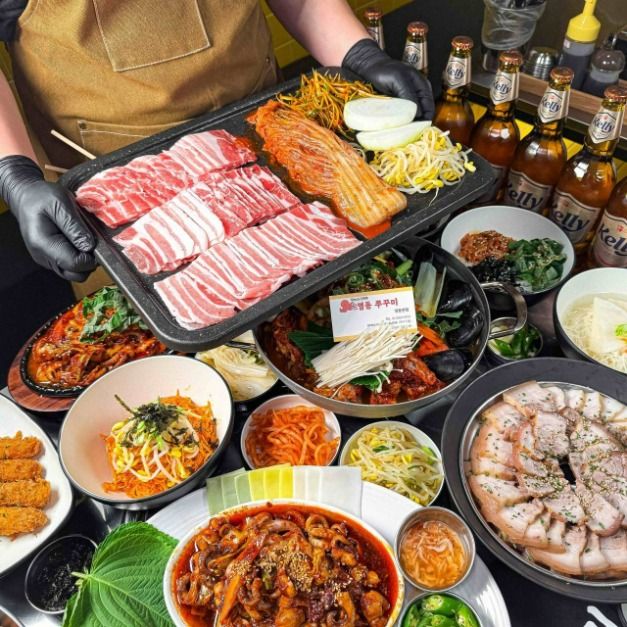
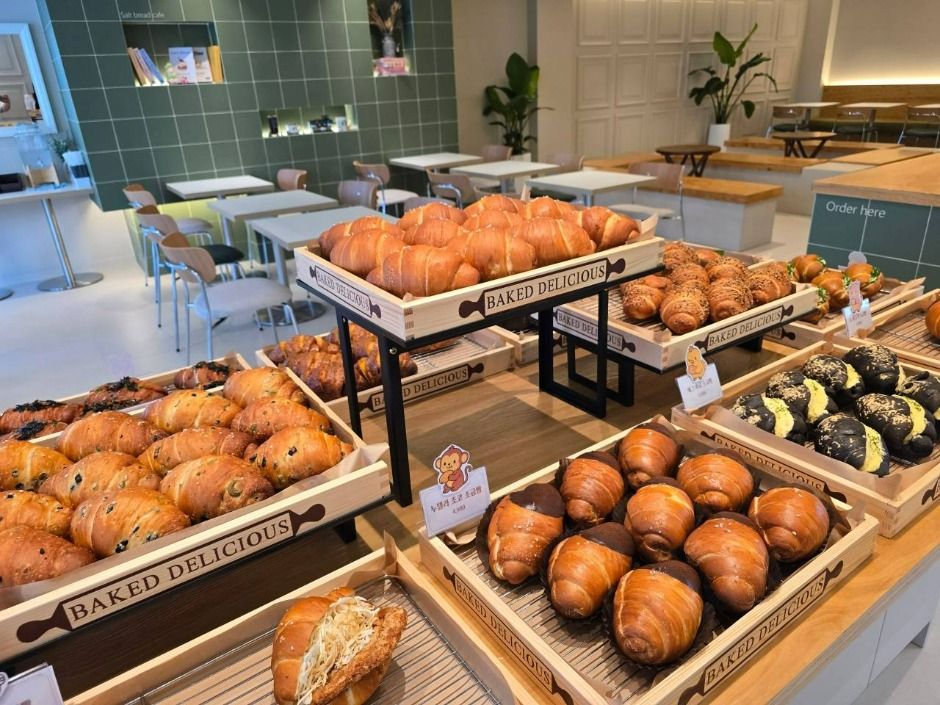
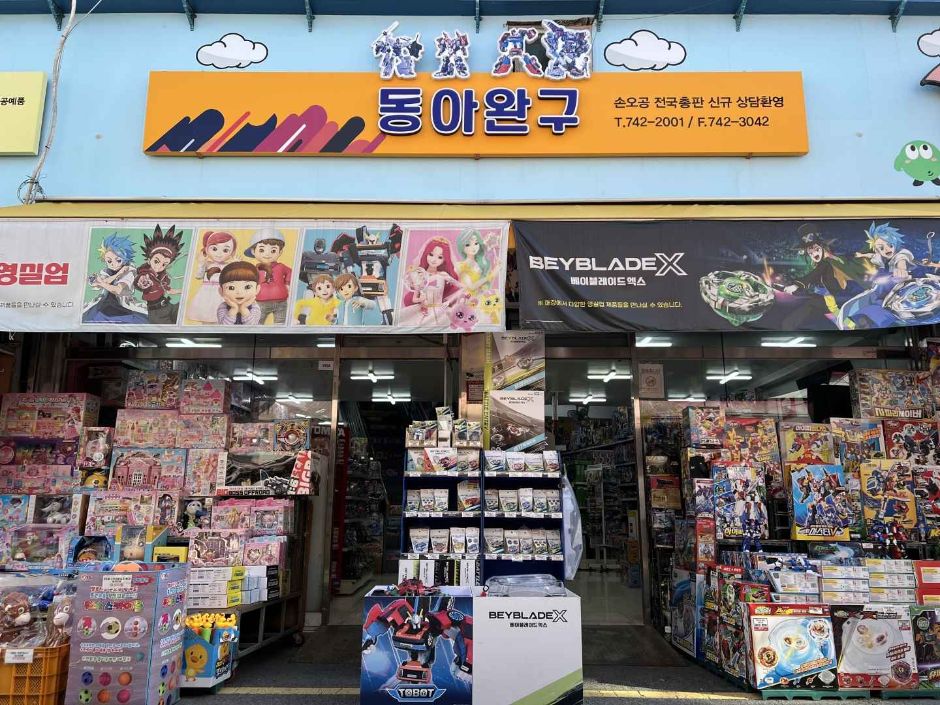
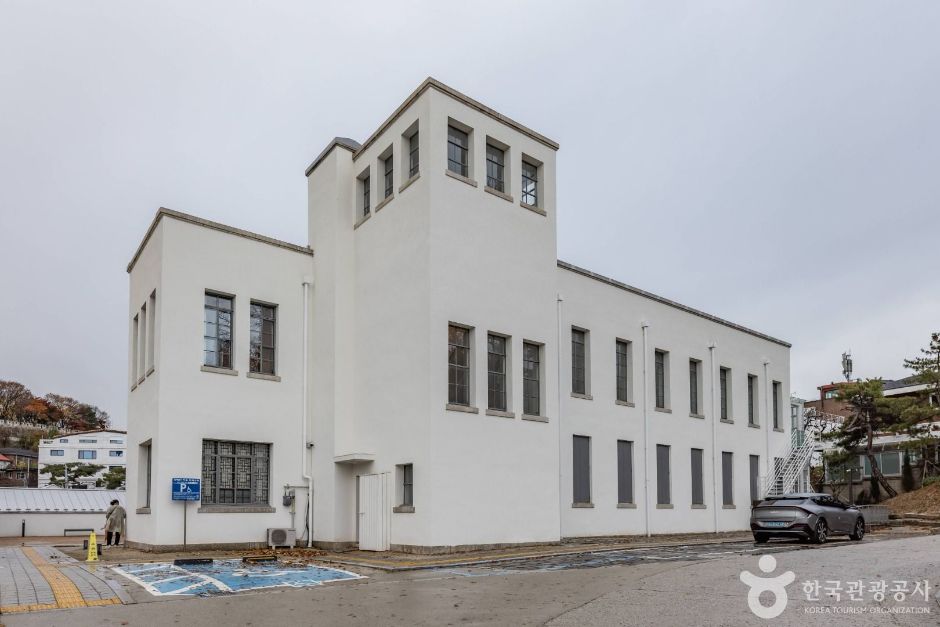
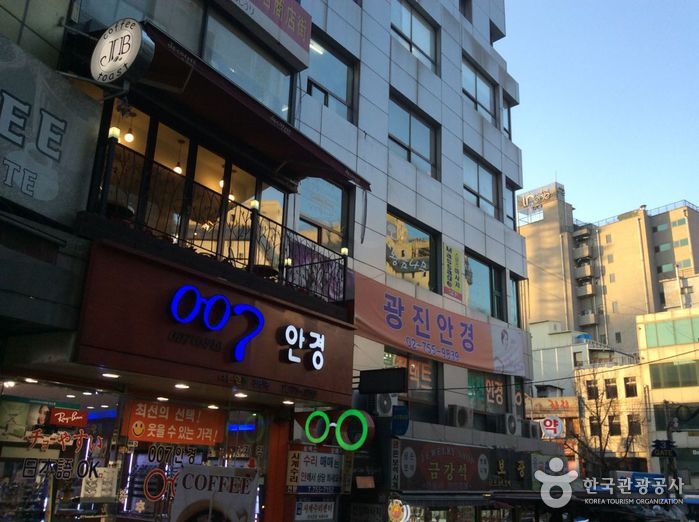
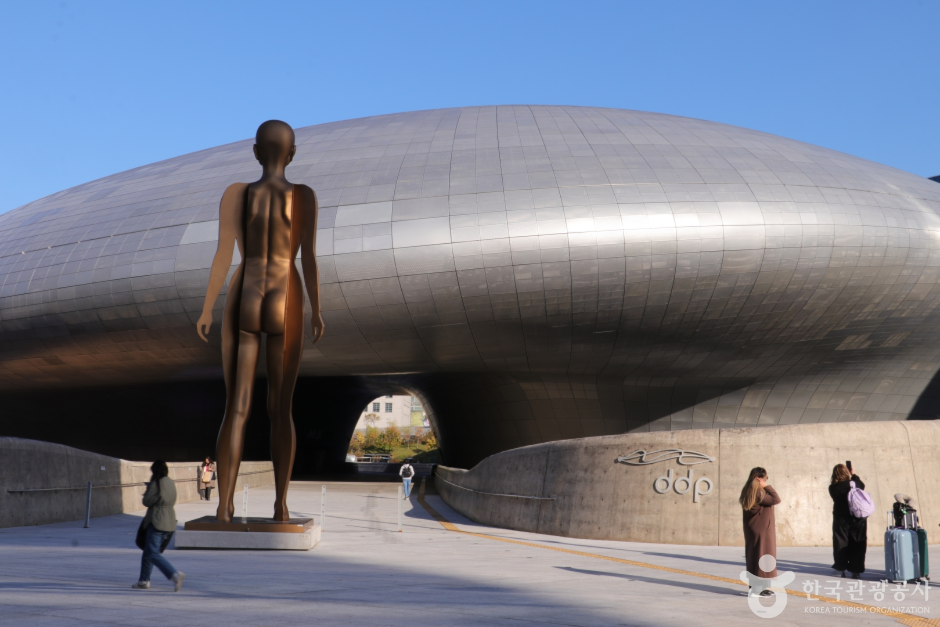
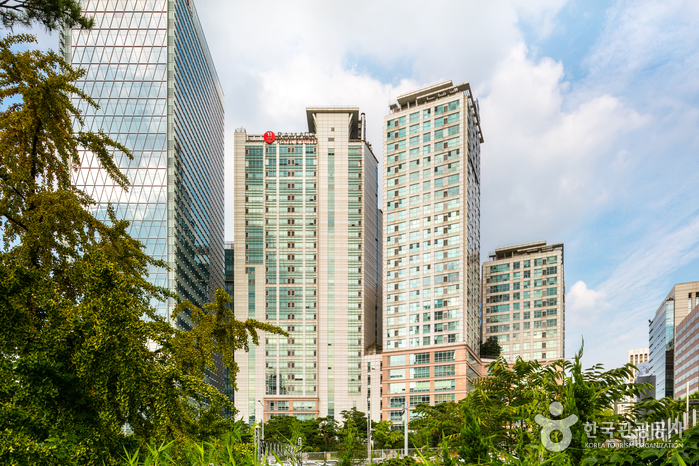
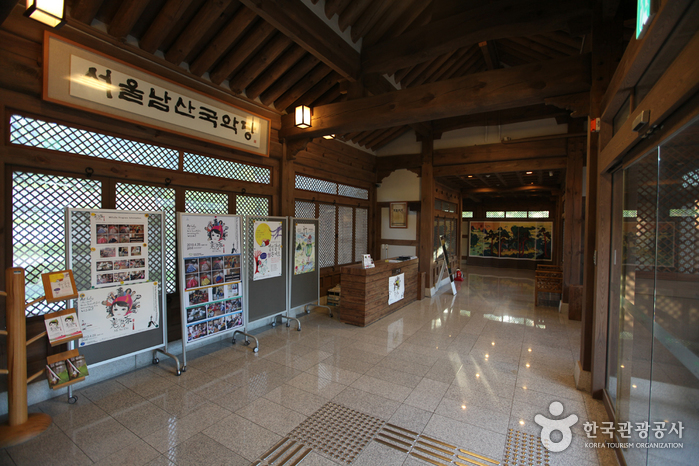

 Español
Español
 한국어
한국어 English
English 日本語
日本語 中文(简体)
中文(简体) Deutsch
Deutsch Français
Français Русский
Русский